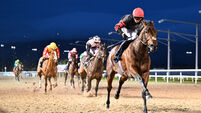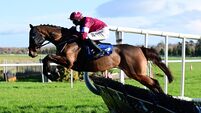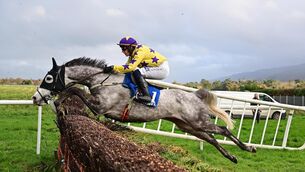Grand memories of red letter days

Forty years ago today, Red Rum made the short trip from Ginger McCain’s stable in Southport to Aintree racecourse. Then 13, the Kilkenny-bred gelding had made the journey so many times that he could have trotted out the front gate and made his own way.
The only horse to win the Grand National on three occasions (1973, 1974, 1977), and runner-up twice more, the teenager was in prime condition to make a bold bid for honours once more.












